As we journey back in time, the Ice Age presents itself as a frozen canvas, painted with the majestic silhouettes of mammoths that once roamed the vast landscapes of Europe. Among these ancient ice giants, France offers a tapestry rich with fossilized tales waiting to be unraveled. These mammoth fossils not only speak of colossal creatures but also whisper secrets of a world long vanished, a world where nature’s brushstrokes crafted a chilling masterpiece of life and survival. Their stories, etched in bones and buried beneath the earth, beckon us to explore the prehistoric mysteries of Europe.
The Land of Giants: France’s Prehistoric Past
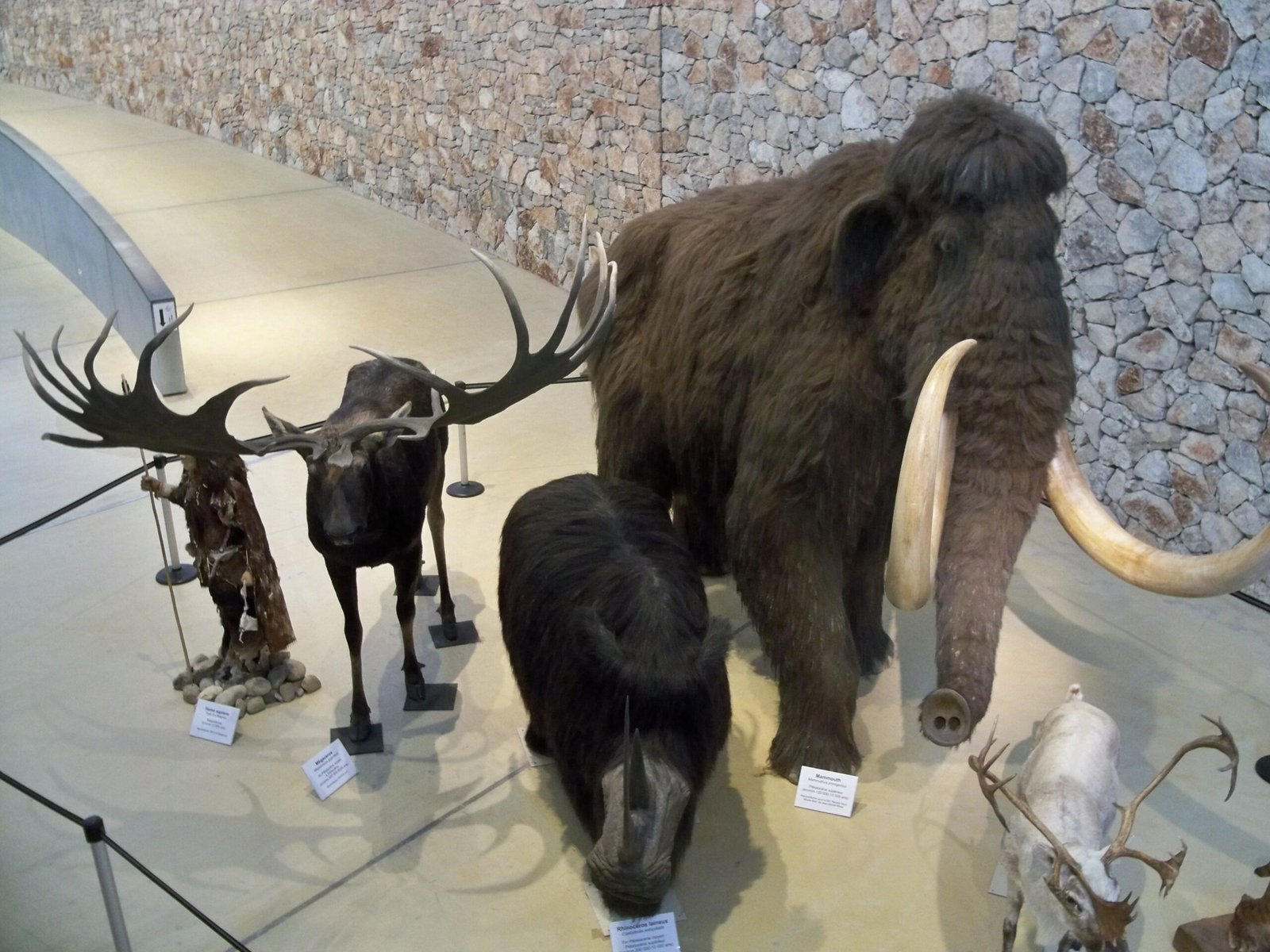
France, known today for its rich culture and history, once served as a thriving habitat for these Ice Age giants. The French landscape during the Pleistocene epoch was a patchwork of tundra and forest, providing a rich diet for mammoths. Unlike the romanticized images of barren ice fields, France offered a diverse ecosystem that nurtured these creatures. The varied topography and climate supported a range of flora, crucial for the mammoth’s survival. These conditions allowed mammoths to flourish, leaving behind a trail of fossils that continue to intrigue scientists and historians. Each fossil found is a fragment of a larger puzzle, piecing together the intricate ecosystem of prehistoric France.
Understanding the Mammoth: Not Just Elephants of the Ice
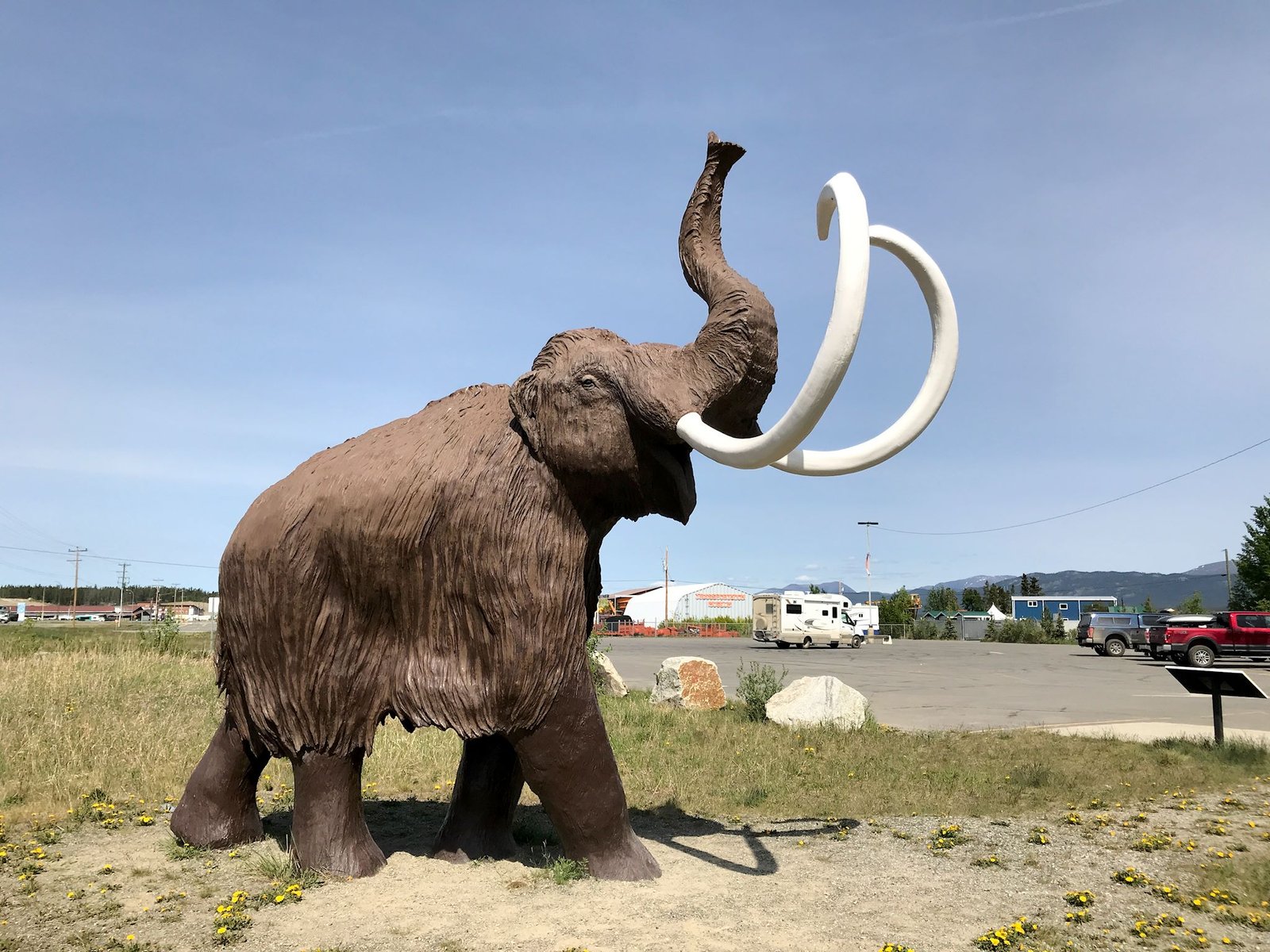
Mammoths, while often compared to modern elephants, were uniquely adapted to the cold climates of the Ice Age. Their thick, shaggy coats and large, curved tusks were not merely for show; they were essential tools for survival. The mammoth’s body was specifically designed to withstand freezing temperatures, with a layer of fat acting as insulation. Unlike today’s elephants, mammoths had smaller ears, reducing heat loss. Their tusks were used to dig through snow to access vegetation, a testament to their adaptability. This adaptation allowed them to thrive in various environments across Europe, including the diverse terrains of France.
Fossil Discoveries: A Glimpse into the Past
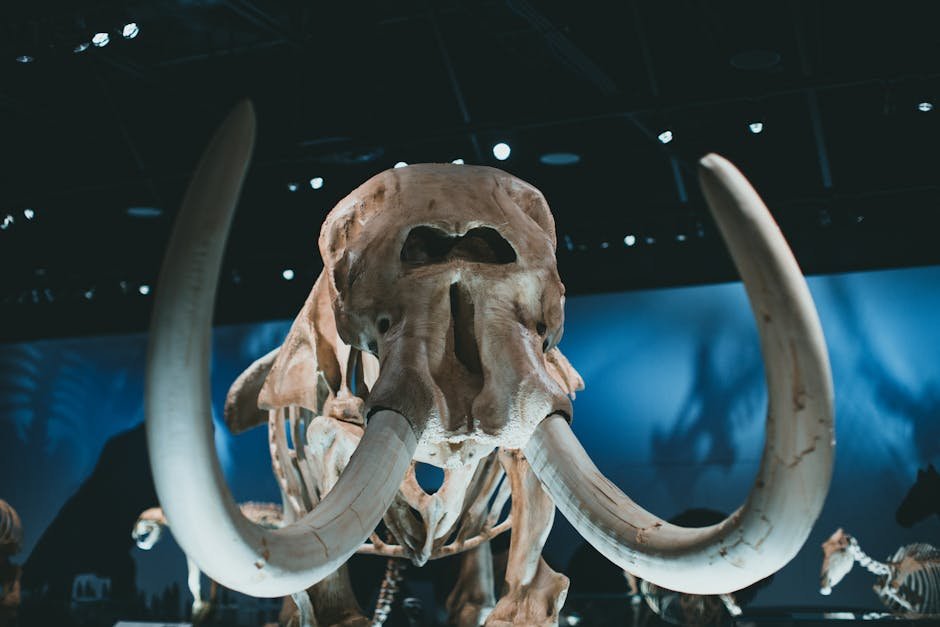
The discovery of mammoth fossils in France has provided invaluable insights into these ancient creatures. Sites like the famous La Madeleine in Dordogne have unearthed remarkable fossilized remains. These discoveries have revealed not only the physical characteristics of mammoths but also their interactions with the environment and early humans. Each fossil acts as a historical document, revealing clues about dietary habits, migration patterns, and even social structures of mammoth herds. The teeth, for instance, have shown patterns of wear that indicate a diet rich in grasses and herbs. Such findings have helped scientists reconstruct scenes of mammoth life, offering a glimpse into a world where these giants once thrived.
The Role of Climate: Shaping the Ice Age Landscape
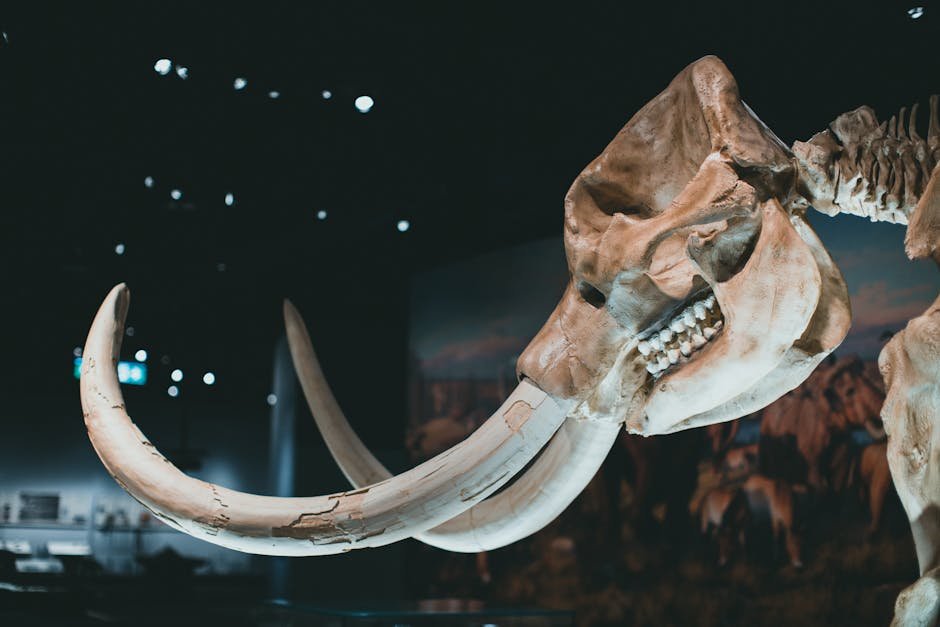
Climate played a pivotal role in shaping the world of the mammoths. During the Ice Age, fluctuations in temperature and ice coverage dictated the availability of resources. As glaciers advanced and retreated, they sculpted the landscape, creating new habitats and altering existing ones. These changes impacted the flora and fauna, influencing the survival of mammoths. The cooler climate of prehistoric France was ideal for mammoths, providing ample food sources. However, as the climate warmed towards the end of the Ice Age, these giants faced new challenges. The changing environment forced mammoths to adapt or perish, a narrative echoed in the fossil record.
Interactions with Early Humans: Coexistence and Conflict
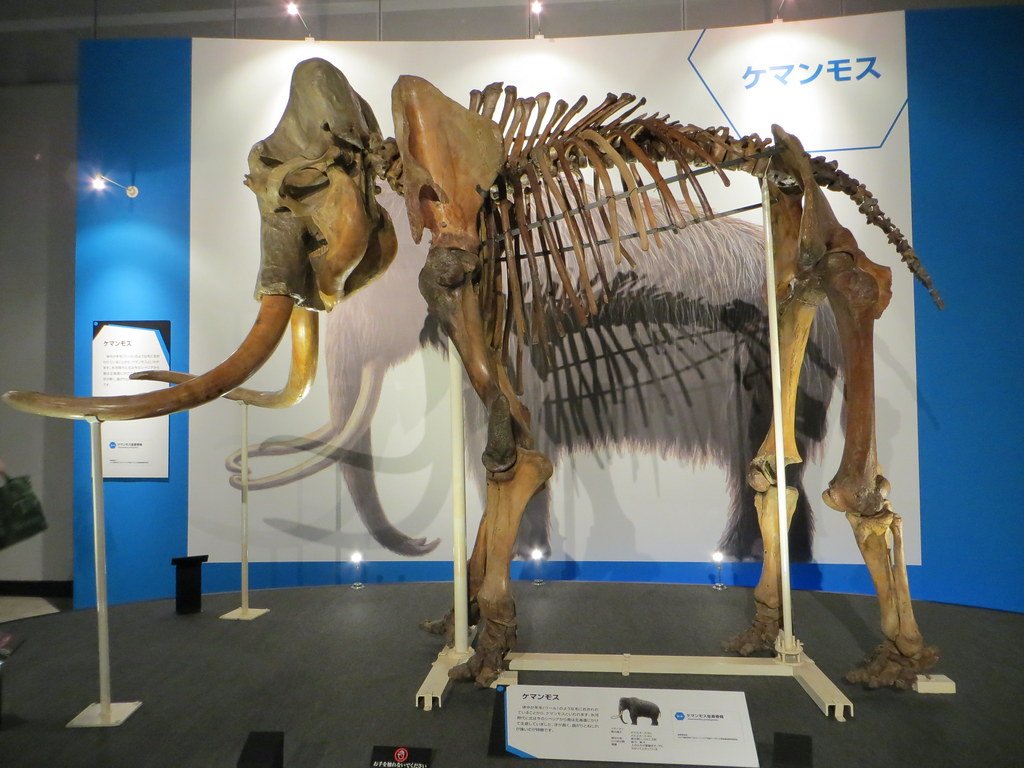
The relationship between mammoths and early humans was complex, marked by both coexistence and conflict. While mammoths were hunted by humans for meat, fur, and bones, they also held significant cultural and symbolic value. The presence of mammoth bones in archaeological sites suggests they were an important resource for early human populations in France. Artistic depictions of mammoths found in caves hint at a deep reverence for these creatures. These interactions reflect a delicate balance between survival and respect, highlighting the mammoth’s role in the cultural tapestry of prehistoric Europe. This coexistence provides insight into the adaptive strategies of both species in a changing world.
The Art of Survival: Mammoths’ Adaptations

Mammoths were not merely passive victims of their environment; they were active participants in their survival. Their physical adaptations were complemented by behavioral strategies that ensured their continued existence. Mammoths traveled in herds, a social structure that provided protection against predators. This herd mentality also facilitated migration, allowing them to move in search of food and water. Their large size deterred many predators, while their tusks served as defensive weapons. These adaptations highlight the mammoth’s resilience and ingenuity in the face of adversity. Such traits underscore the evolutionary success of mammoths during the Ice Age, despite the eventual challenges they faced.
Extinction: A Tale of Change and Loss
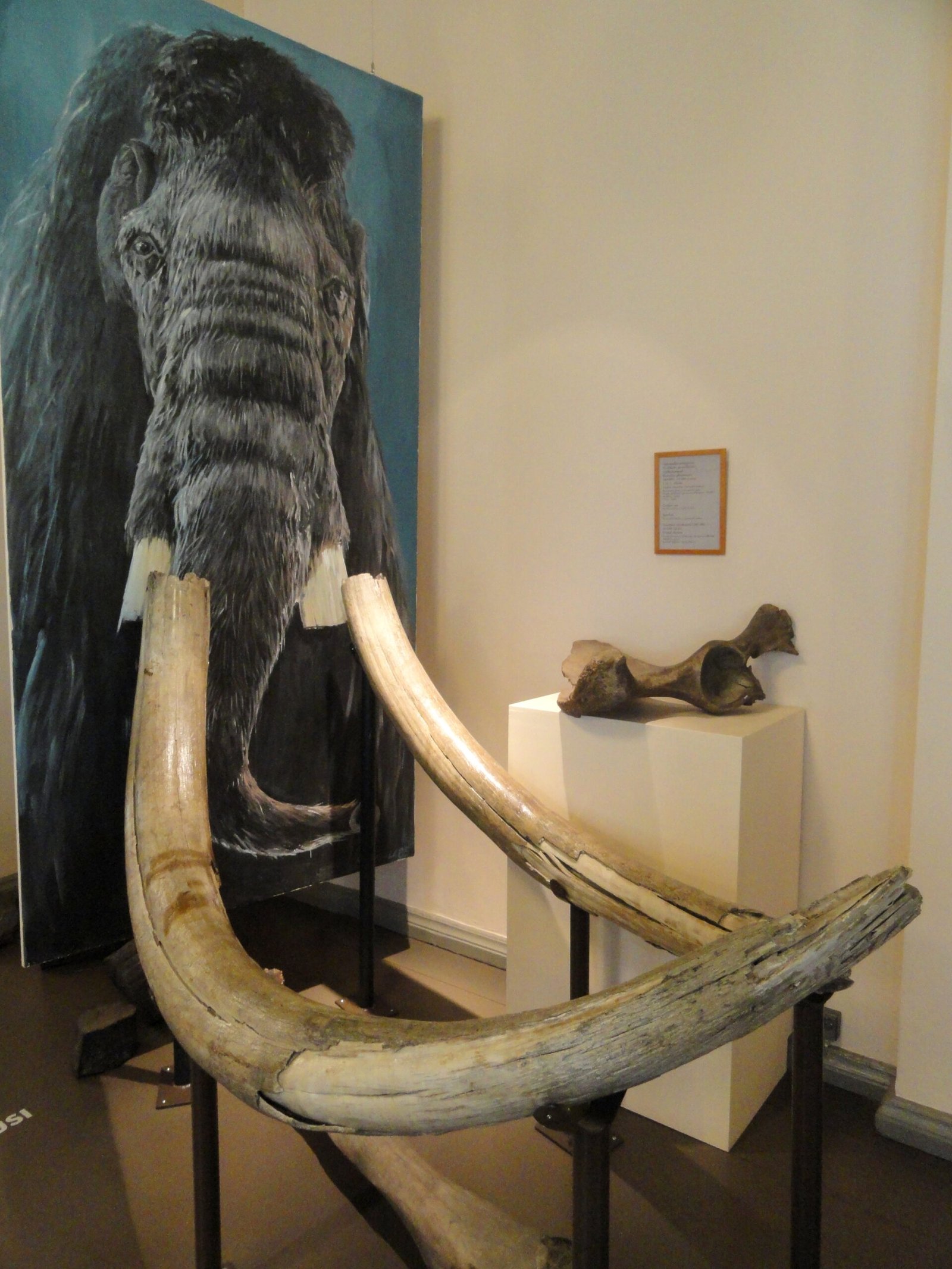
The extinction of mammoths marks the end of an era, a poignant reminder of nature’s impermanence. As the climate warmed and human populations grew, the world of the mammoths changed irrevocably. The loss of habitat, coupled with hunting pressures, led to their eventual decline. However, their extinction is not merely a story of loss; it is a narrative of change and adaptation. The disappearance of mammoths paved the way for new species to thrive in the evolving ecosystems of Europe. This cycle of extinction and renewal is a testament to the dynamic nature of life on Earth, offering lessons for today’s conservation efforts.
Lessons from the Past: Conservation and Awareness
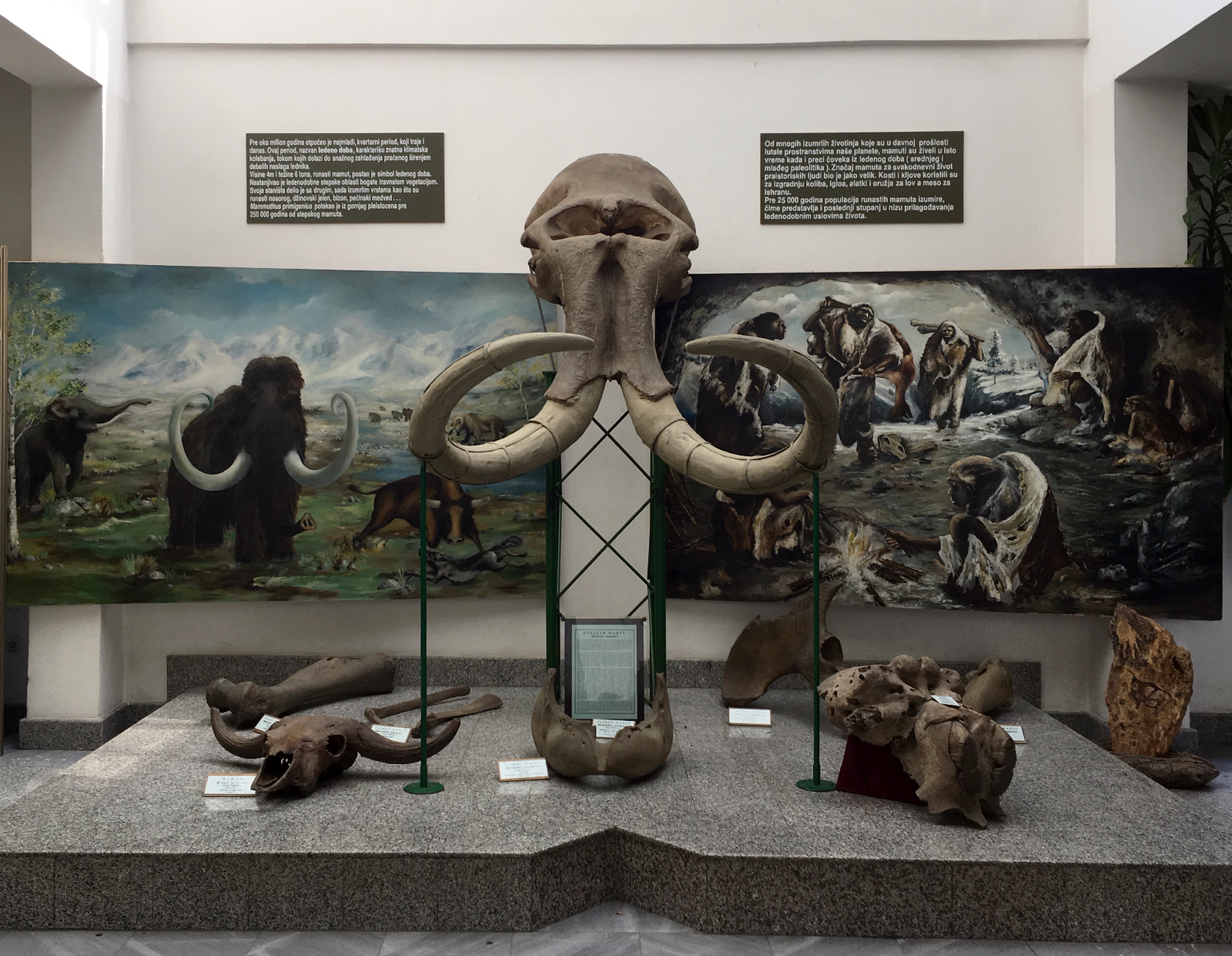
The story of the mammoths offers valuable lessons for modern conservation efforts. Understanding the factors that led to their extinction can inform strategies to protect endangered species today. Climate change, habitat loss, and human impact remain pressing issues that threaten biodiversity. The mammoth’s tale underscores the importance of preserving ecosystems and fostering coexistence between humans and wildlife. By studying the past, we can glean insights into sustainable practices that ensure the survival of today’s giants. This awareness is crucial as we navigate the challenges of a changing world, striving to protect the natural heritage for future generations.
Fossils as Time Capsules: Unlocking Prehistoric Secrets
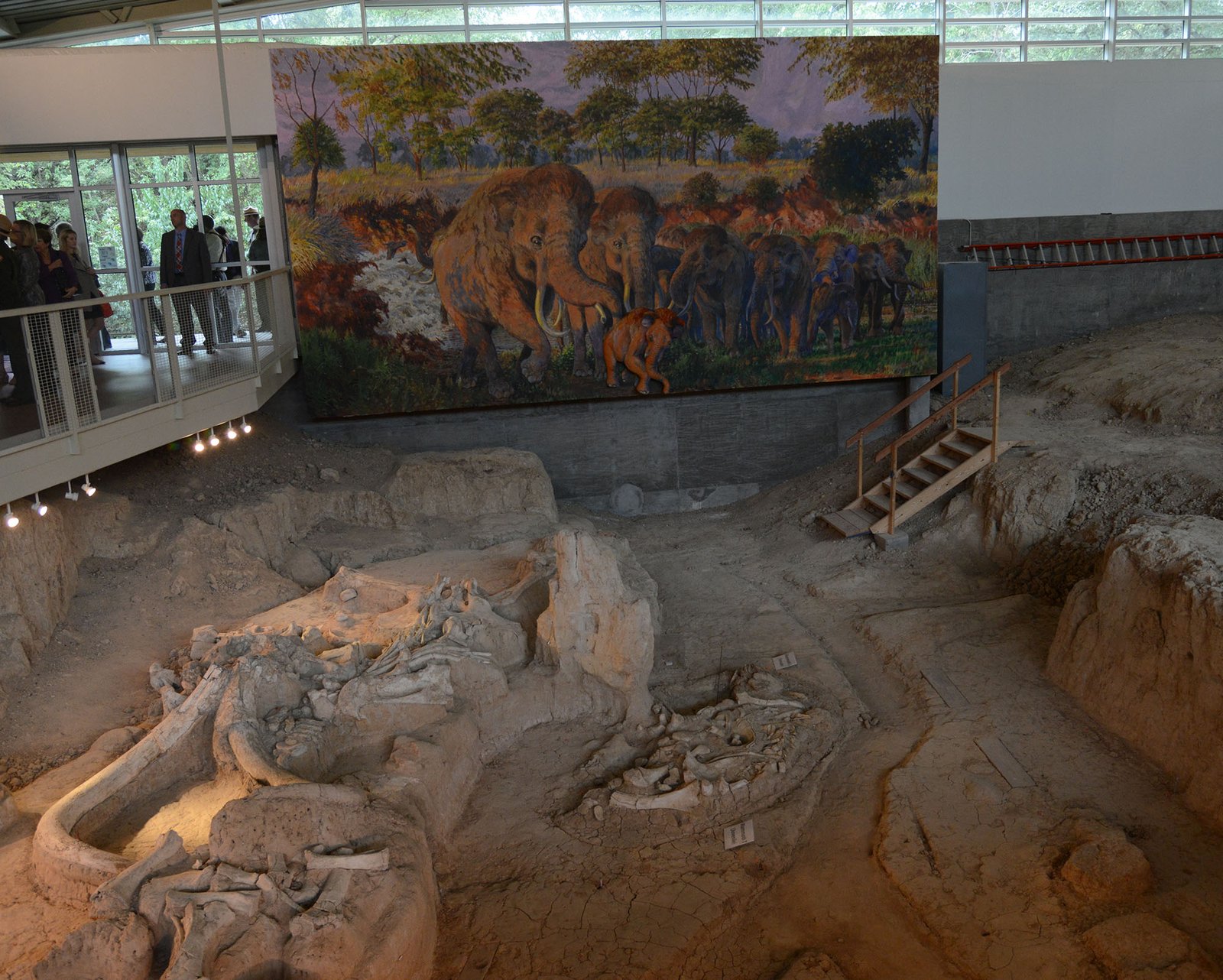
Fossils are more than just remnants of the past; they are time capsules, preserving moments from a forgotten era. Each fossil found in France provides a unique snapshot of the Ice Age, capturing details of life that would otherwise be lost. These fossils hold the key to understanding the complexities of prehistoric ecosystems and the interactions within them. They offer a tangible connection to a world where mammoths roamed, bridging the gap between past and present. As we continue to uncover these ancient treasures, we unlock new stories and insights, enriching our understanding of the Earth’s history and the creatures that once inhabited it.
Conclusion: The Legacy of the Ice Age Giants
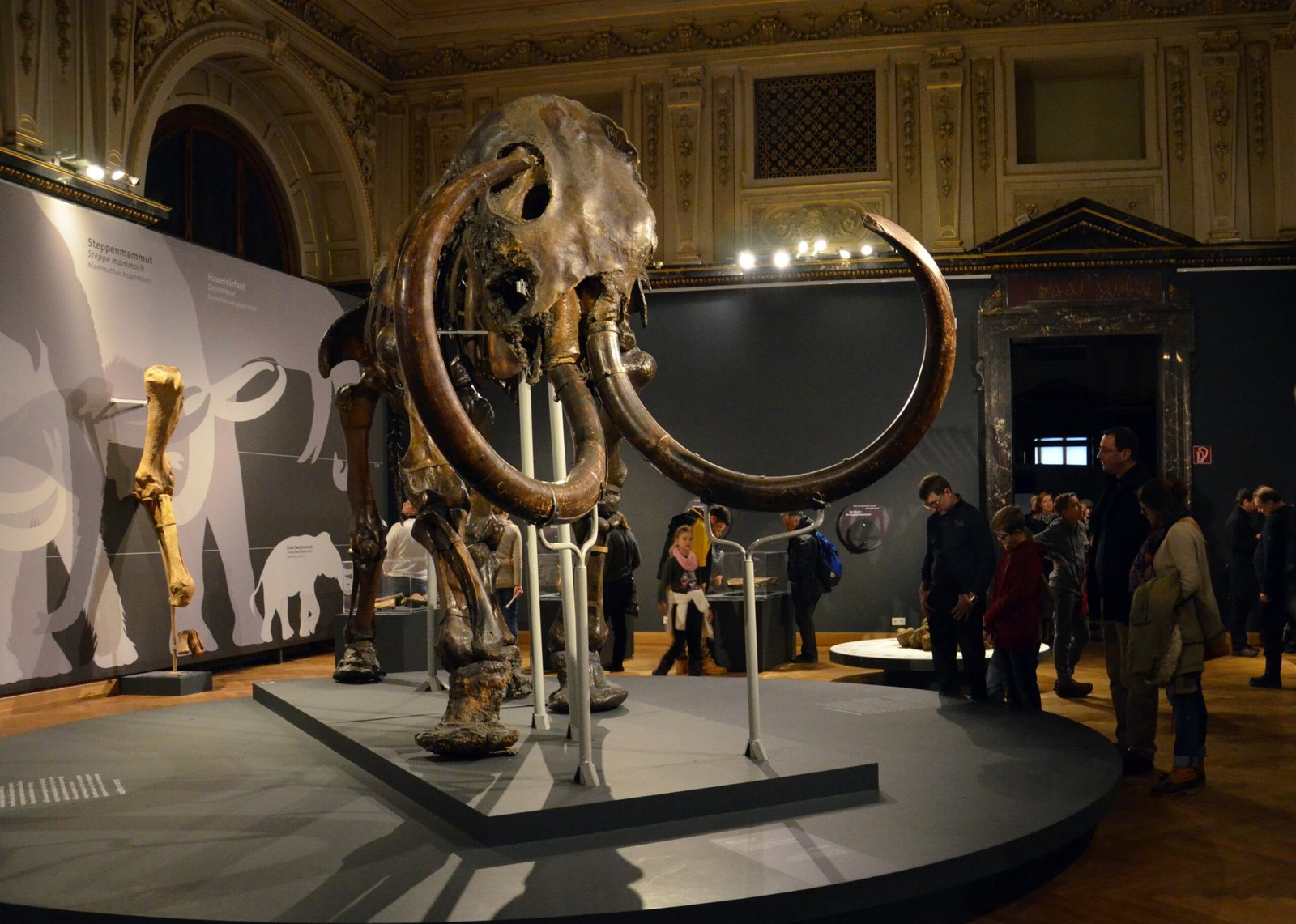
The legacy of the mammoths endures, woven into the fabric of Earth’s history. Their story is one of resilience, adaptation, and change, reflecting the broader narrative of life on our planet. As we explore the mammoth fossils of France, we gain a deeper appreciation for the intricate dance of evolution and extinction. These Ice Age giants leave behind a profound legacy, reminding us of the delicate balance of nature and the enduring power of life. Their tale invites us to reflect on our place in the natural world and to cherish the diversity that defines our planet.




